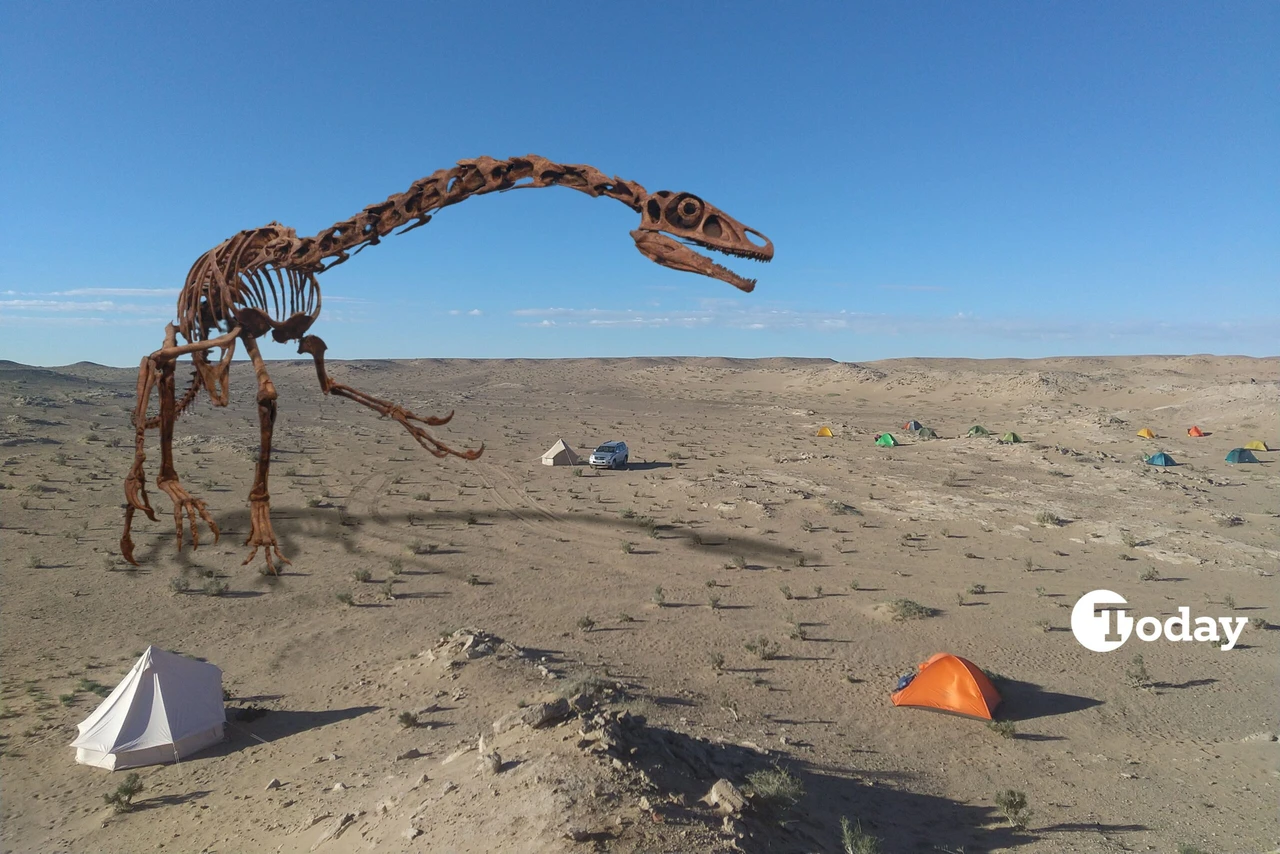Australian scientist discovers new fluffy beetle species
Entomologist James Tweed makes an unexpected discovery of a unique beetle first thought to be bird droppings while exploring Binna Burra Lodge, which turned out to be a new species
James Tweed, a PhD candidate from the University of Queensland, discovered a new species and beetle genus in the Gold Coast hinterland.
Initially mistaken for bird droppings, this discovery presents a unique and fluffy longhorn beetle known as Excastra albopilosa.
Tweed encountered the insect at Binna Burra Lodge during a casual walk. “One morning, I was walking through the campsite, and something on a Lomandra leaf caught my eye,” he told the Daily Mail Australia.
His keen observation led to identifying the beetle, measuring 9.7mm and distinguished by its striking red and black color and long white hairs.
Despite extensive research through books, scientific papers, and online resources, no similar species emerged. However, experts at the Australian National Insect Collection (ANIC) in Canberra confirmed the beetle was indeed a new species and a new genus.
“We chose Excastra for the genus, which is Latin for ‘from the camp,’ and albopilosa for the species name, which translates to ‘white and hairy,'” Tweed explained.
While discussing his discovery, Tweed speculated on the purpose of the beetle’s long white hairs. He suggested they might mimic an insect killed by fungus to deter predators, but more research is necessary to confirm this.
This finding has encouraged researchers to investigate many potentially undiscovered species.
“We’re experiencing rapid declines in biodiversity globally, and it’s difficult to conserve species if we don’t even know they exist,” said Tweed. He emphasized insects are the most diverse yet underappreciated and understudied group of animals on the planet.
The beetle was discovered near Lamington National Park, which entomologists have frequented for over a century.
Tweed’s work has been recognized and published in the Australian Journal of Taxonomy, contributing significantly to entomology and biodiversity.
Source: Newsroom



